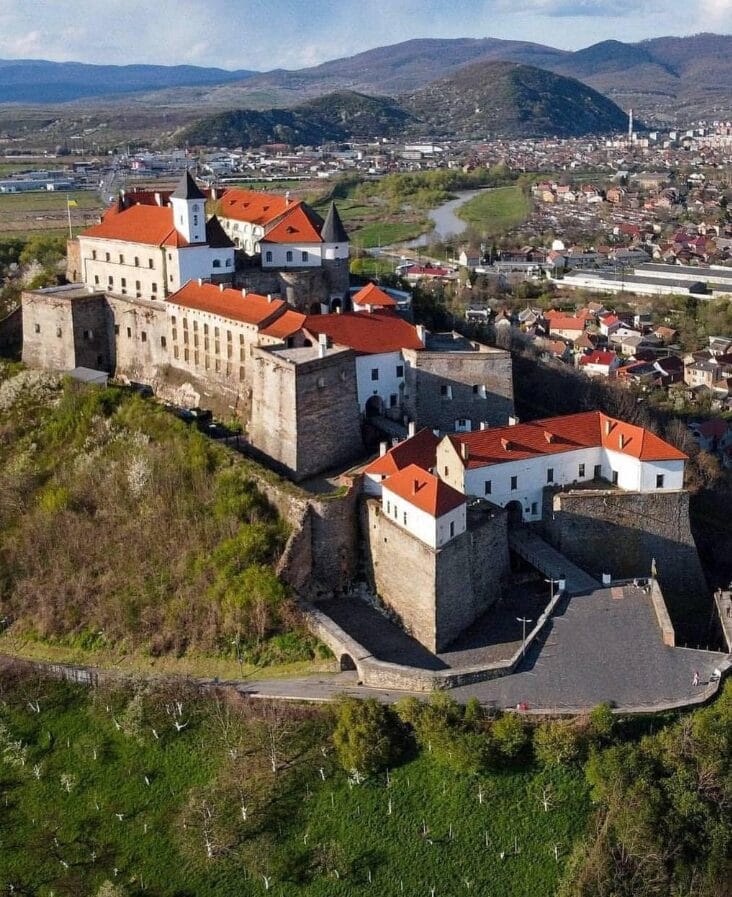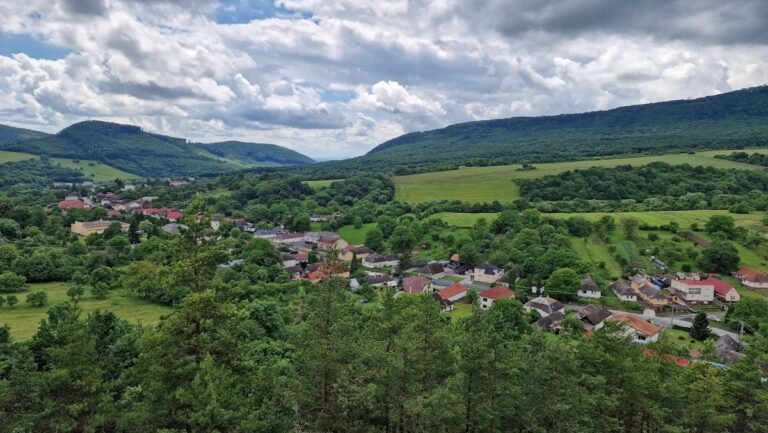Serednie Castle: A Late Medieval Fortress in Ukraine
Visitor Information
Google Rating: 4.4
Popularity: Low
Google Maps: View on Google Maps
Country: Ukraine
Civilization: Unclassified
Remains: Military
History
Serednie Castle is situated in the settlement of Serednie, within the territory of present-day Ukraine. The fortress was built by the medieval Kingdom of Hungary in the late 15th or early 16th century, according to archaeological findings. Earlier theories claiming the castle originated in the 12th century under the Knights Templar have been disproven by modern research.
During the 15th century, the castle was owned by the Palóczy family, an influential noble house of the Hungarian Kingdom. Following the Battle of Mohács in 1526—a decisive conflict between Hungary and the Ottoman Empire—the castle passed into the hands of the Dobó family. István Dobó, a military captain renowned for defending the fortress of Eger against the Ottomans, took charge of Serednie Castle and strengthened its fortifications. Under his supervision, local viticulture also flourished, and extensive wine cellars were expanded.
Before this period, in the 14th and early 15th centuries, the site and surrounding lands were contested among prominent Hungarian families like the Drugeth and Palóczy, reflecting broader regional power struggles. Later, throughout the 17th and 18th centuries, Serednie Castle changed ownership multiple times amid conflicts involving the Habsburg Monarchy, the Ottoman Empire, and local uprisings. The castle was notably damaged during the anti-Habsburg rebellion led by Ferenc II Rákóczi from 1703 to 1711, after which it was abandoned and gradually fell into ruin.
Recovered artifacts such as coins and pottery date the castle’s active use roughly between the 15th and 18th centuries. No physical evidence supports occupation prior to the late medieval period. Following centuries of neglect, the site became a subject of archaeological study starting in 2008, and conservation initiatives began in the 1970s. Plans for comprehensive restoration have been announced for the near future, aiming to preserve this example of late medieval fortification in the region.
Remains
Serednie Castle consists principally of a formidable quadrangular stone tower known as a donjon, a common type of central stronghold in medieval fortresses. This tower measures approximately 18.6 by 16.5 meters in footprint, with walls around 2.6 meters thick, standing about 20 meters tall. Constructed from rubble stone, its corners are reinforced with squared stones for added stability. Both the interior and exterior surfaces are neatly clad with finely dressed stone, which strengthens the walls and gives the fortress a softened appearance compared to rough masonry.
The tower rises three stories high, with wooden beams supporting the floors between levels. The main entrance is located unusually on the second floor of the eastern wall, originally accessed by a wooden ladder from the courtyard below that could be removed or destroyed in times of attack to block entry. Inside, the second floor contains three chambers, including a stairwell leading to the third level, which retains partial walls and a flat wooden-beamed ceiling.
Stone stairs uncovered during recent excavations connect the second floor down to the first floor, which is divided by a thick stone wall into two large rooms, each about 11 by 6 meters. In the floor of the eastern room, researchers found a stone-filled pit thought to have served as a well, providing water within the stronghold during sieges or isolation.
Originally, Serednie Castle’s tower was enclosed by a circular system of defensive ramparts and moats. The first ring of these earthworks ran close and parallel to the tower’s walls and was reinforced with a stone wall featuring cylindrical corner towers. Although these outer fortifications have almost entirely vanished over time, historical records confirm their presence and defensive purpose.
The castle’s architectural style exhibits influence from Romanesque military designs, drawing inspiration from ancient Roman watchtowers that once monitored the Rhine and Danube frontiers. Nearby, an extensive network of underground wine cellars stretches roughly four kilometers, expanded in the 16th century under the direction of István Dobó’s descendants and their companions. These cellars commemorate their construction with a carved stone inscription over 550 years old, honoring the labor of thousands of Turkish prisoners who worked to enlarge and fortify the vaults.
Together, the surviving tower, its associated defensive earthworks, and the vast wine cellars provide a well-documented glimpse into the late medieval military and economic infrastructure of the region surrounding Serednie Castle.










